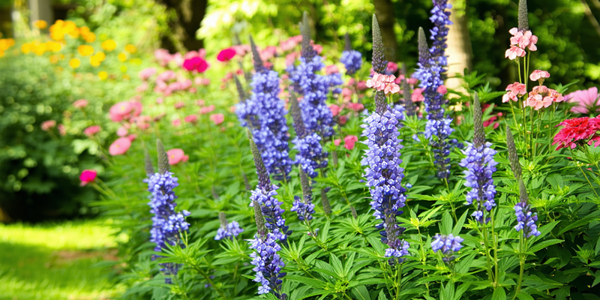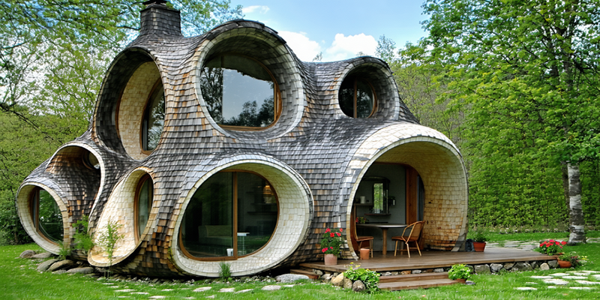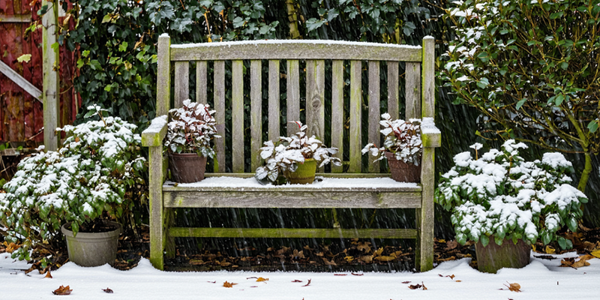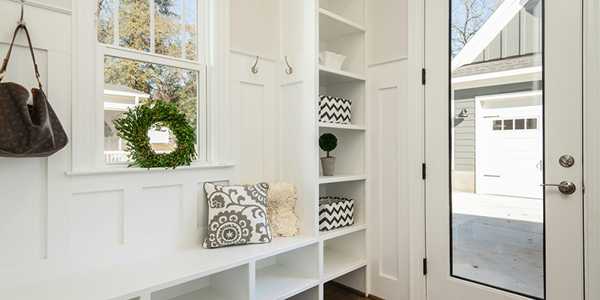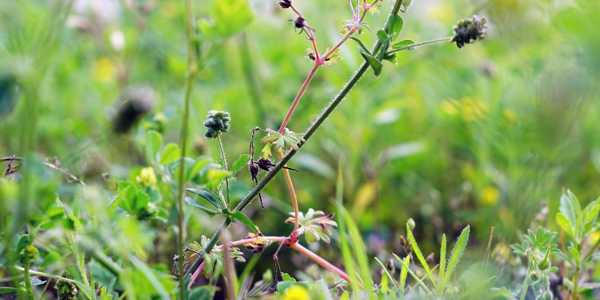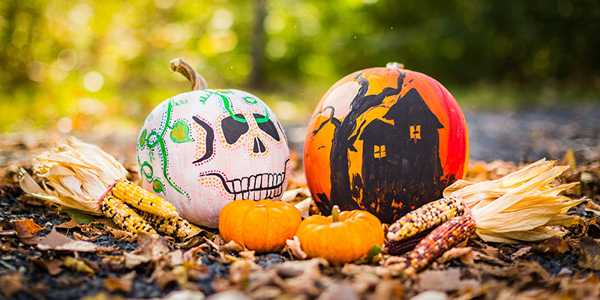Can You Put Leaves in the Bottom of a Raised Garden Bed? Benefits & Tips Explained
Fallen leaves are nature’s hidden treasure for gardeners! Can You put leaves in the bottom of a raised garden bed? Absolutely! Layering leaves enriches your soil, enhances plant growth, and reduces watering needs. Not only do they improve drainage, but they also support beneficial microbes, creating a thriving ecosystem in your garden. This article will explore effective methods for incorporating leaves into your gardening routine. With the right techniques, you’ll unlock the full potential of your raised beds and enjoy a bountiful harvest. Let’s transform your garden into a nutrient-rich paradise!
Why Use Organic Material in Raised Garden Beds?
Using leaves enriches soil, improves drainage, and promotes beneficial microbes. You can boost plant growth while retaining moisture, which reduces the need for frequent watering. The benefits are clear:
Cost-effective: Using leaves can reduce soil costs, which is always a plus.
Nutrient boost: Leaves are filled with nutrients that help your plants thrive.
Better drainage: They improve soil structure, allowing for better drainage and root growth.
Avoid filling the entire raised bed with leaves to prevent needing extra soil later. You can layer leaves at the bottom to create a thriving garden when done right.
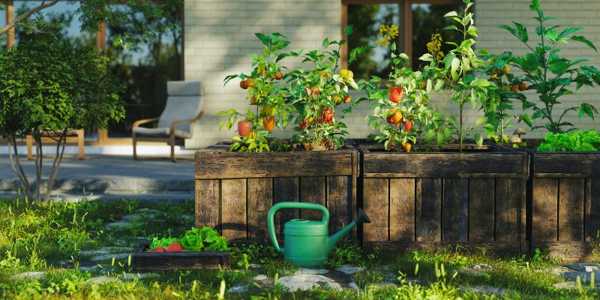
Benefits of Using Leaves in Raised Garden Beds
Here are the key benefits of incorporating leaves in raised garden beds:
1. Improve Soil Health and Fertility
Leaves are often overlooked, right? Instead of raking and bagging them, you can return them to the soil. They’re loaded with nutrients—about 50-80% of the nutrients trees pull from the ground end up in their leaves.
Creating a Mini Ecosystem: Adding them to the soil can feed beneficial bacteria and fungi, leading to healthy plants. It's like hitting the gardening jackpot!
2. Enhance Moisture Retention
Feeling stressed about watering plants during a heatwave? Shredded leaves can help. Spreading them can reduce evaporation.
Less Maintenance Needed: This way, your gardens can stay moist with less frequent watering. It’s like giving ourselves a break in the heat!
In short, using leaves is an easy way to boost soil health and keep our plants thriving. Those simple fallen leaves can make a big difference!
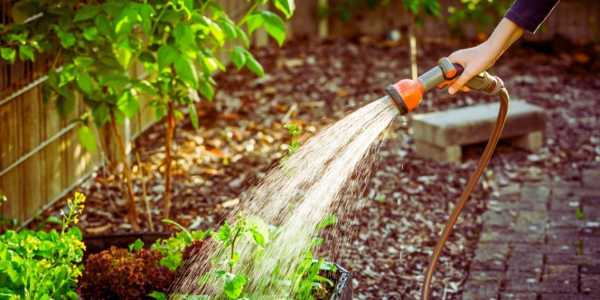
How to Layer Leaves Effectively in Raised Garden Beds
Let’s get into the nitty-gritty of layering leaves for a healthy raised bed. Done right, this technique transforms simple beds into nutrient-rich powerhouses. Here’s what works best:
1. Layer Leaves for Optimal Soil Health
Start by scattering a layer of shredded or chopped leaves at the bottom of your bed. This makes an ideal "brown" material, which is rich in carbon and helps build the soil's structure. You can use either dry or fresh leaves, but if they're dry, a quick soak in water will help them break down faster.
2. Balance Green and Brown Materials
Balancing greens and browns is key! After the leaves, add a layer of "green" material like grass clippings, kitchen scraps, or even fresh garden trimmings.
3. Decomposition and Maintenance
After layering, let nature do its work. Decomposition can take weeks to months, depending on temperature and moisture. The bottom leaves enrich the soil, while the top layers settle for a soft planting base. To enhance airflow and reduce odors, occasionally poke holes in the layers to speed up decomposition.
4. Decomposition Timeline:
Fast-track Method: If you want a quicker breakdown, try turning the layers with a garden fork every two weeks.
Slow and Steady: If you’re in no rush, let it sit all winter, and by spring, you’ll have a bed full of dark, nutrient-rich soil.
5. Ongoing Maintenance
Keep it simple. Every season, toss in a bit of compost or even another thin layer of shredded leaves as mulch. It’ll maintain the soil structure and keep feeding your plants. Oh, and don’t forget a light watering here and there if things look a little dry.
Layering leaves in raised beds is a bit of work upfront, but once you’ve got it going, it’s low-maintenance. Your plants—and the soil—will thank you!
Common Mistakes When Using Leaves in Raised Garden Beds
Using leaves in raised garden beds boosts soil health, but it’s important to avoid mistakes. While fall invites us to use vibrant leaves, not all are beneficial. For example, leaves from black walnut trees contain juglone, which can harm many plants.
1. Choose the Right Leaves
Not all leaves are equally beneficial! Here’s a quick guide on what works best:
Great choices:
Oak: Breaks down slowly and adds long-lasting organic matter.
Maple: Nutrient-rich and perfect for enhancing soil health.
Pine: Acidic leaves are excellent for acid-loving plants like blueberries.
Birch: Decompose nicely and help with soil aeration.
Avoid these:
Black Walnut: Contains juglone, which can be toxic to many plants.
Eucalyptus: This can hinder the growth of nearby plants.
Certain fruit trees: They might attract pests or carry diseases.
If you start with oak leaves, you’ll notice how your plants thrive. Just be cautious about mixing in black walnut leaves, as that’s a lesson many of us learn the hard way.
2. Layer Like a Pro
One common mistake we can make is not layering the leaves correctly. Instead of just tossing them into the bed, think of it as building a tasty lasagna. Yes, really!
Start with twigs or straw: This helps with drainage.
Add shredded leaves: Shredded leaves decompose much faster.
Top it off with compost: This adds essential nutrients and creates a friendly home for worms and microbes.
Using leaves can enhance raised beds when done thoughtfully. Each gardening season brings challenges, but you can turn them into triumphs with care. Let’s collaborate and make your garden thrive!
Using Leaves in Raised Garden Beds
Adding leaves to your garden is a wonderful strategy for boosting soil health and promoting plant growth! Are leaves suitable for the bottom of a raised garden bed? Definitely! By layering leaves, you can improve moisture retention and create a thriving ecosystem. Just remember to avoid harmful leaves, like those from black walnut trees.

